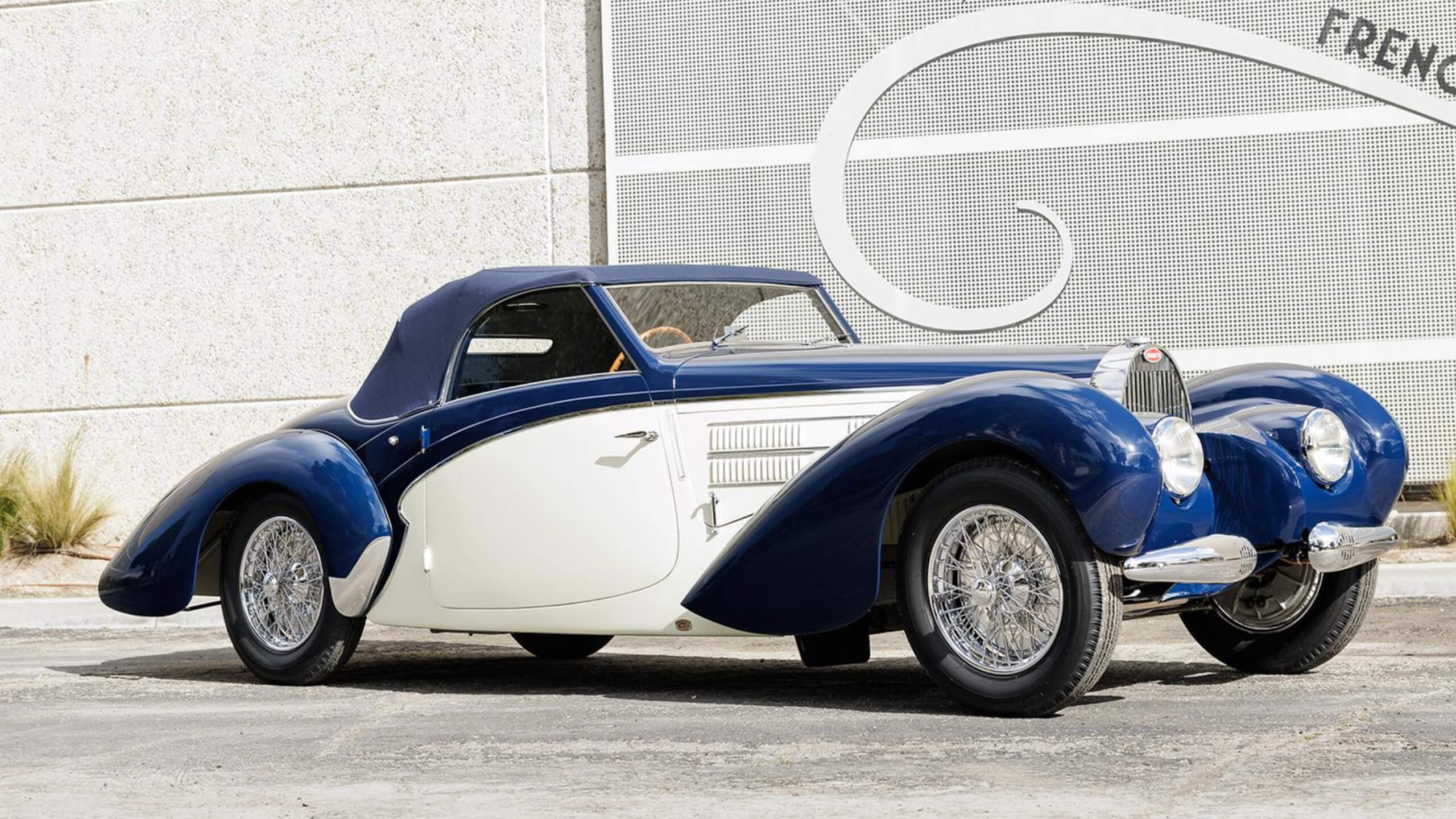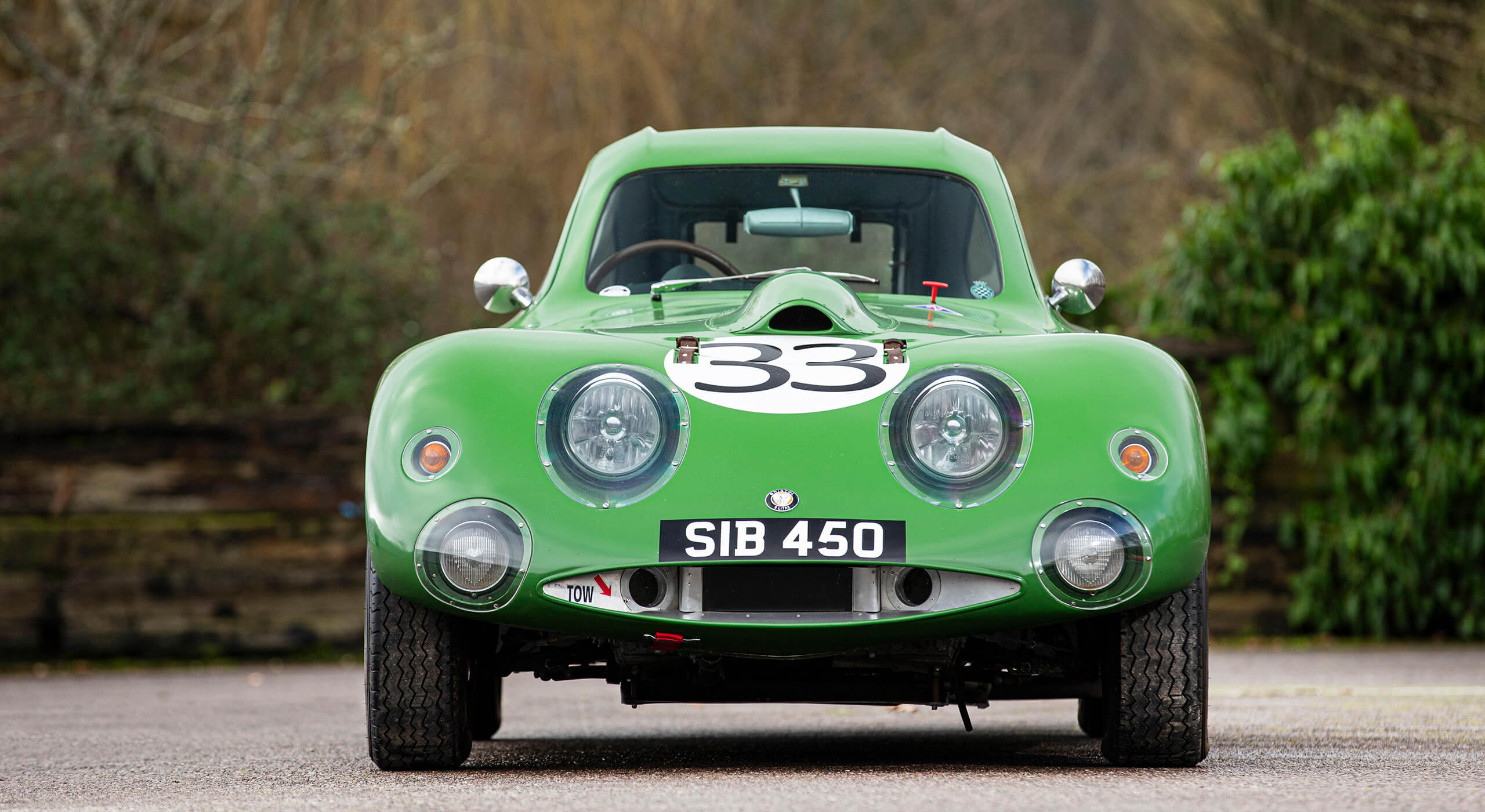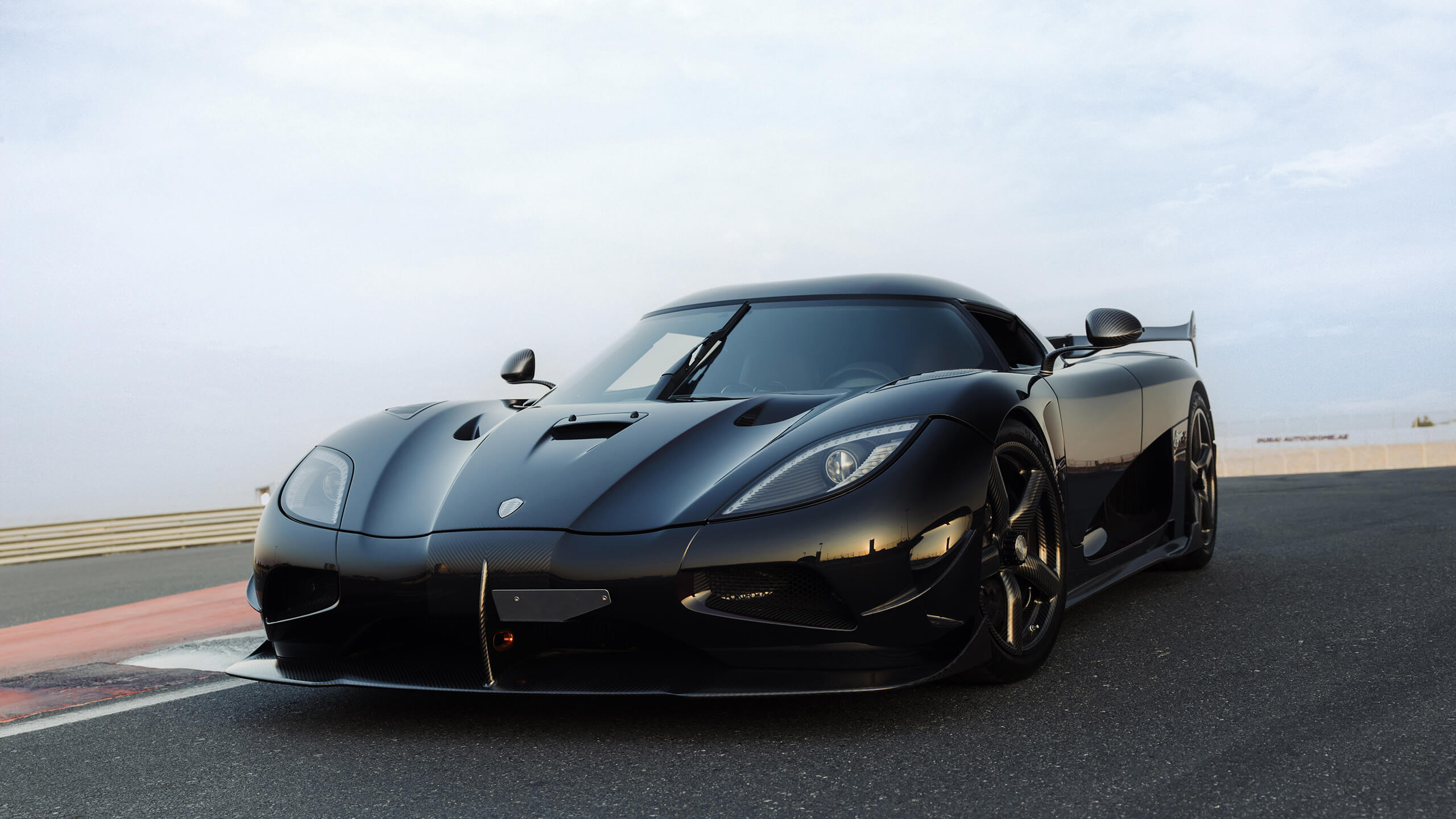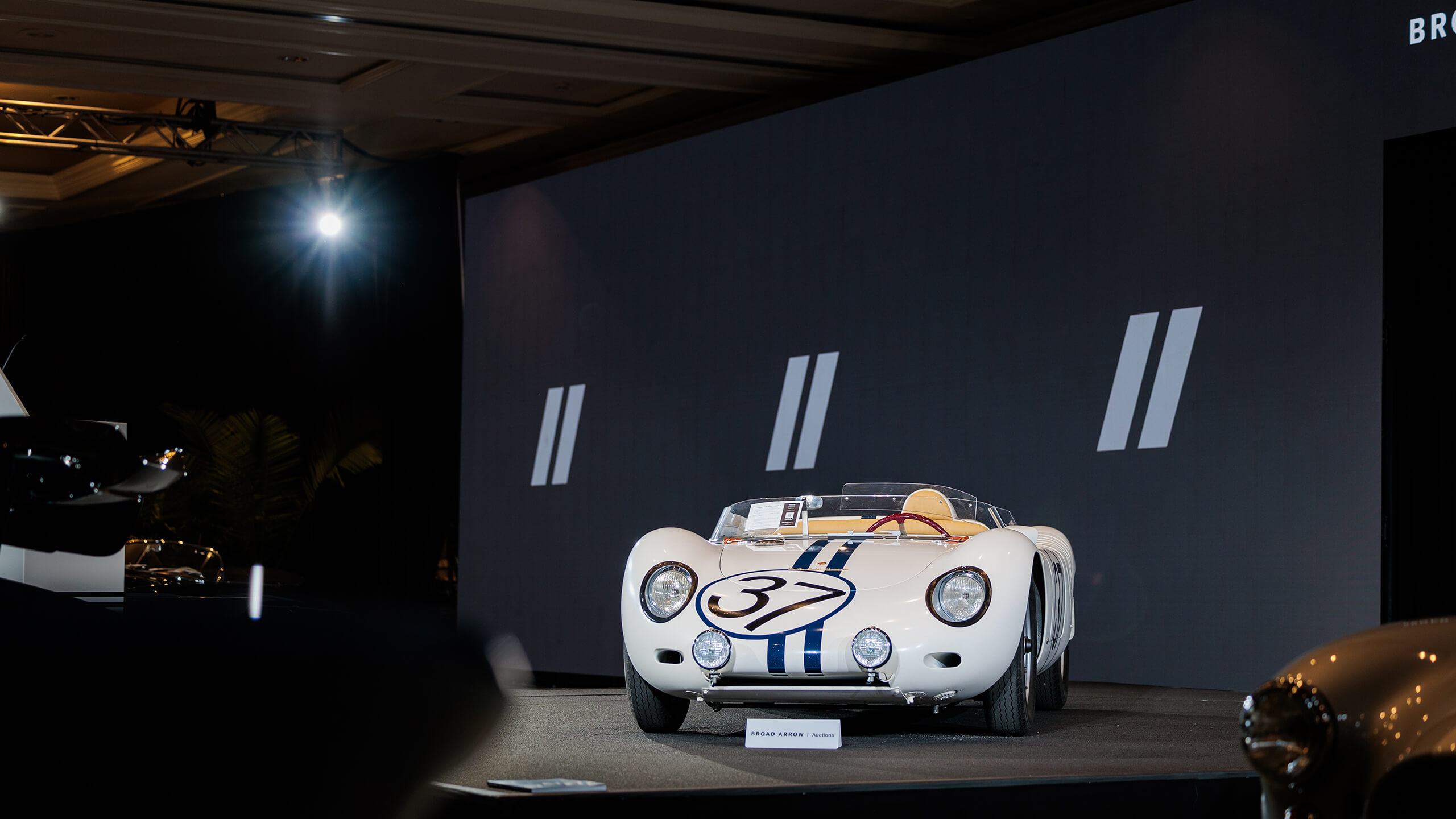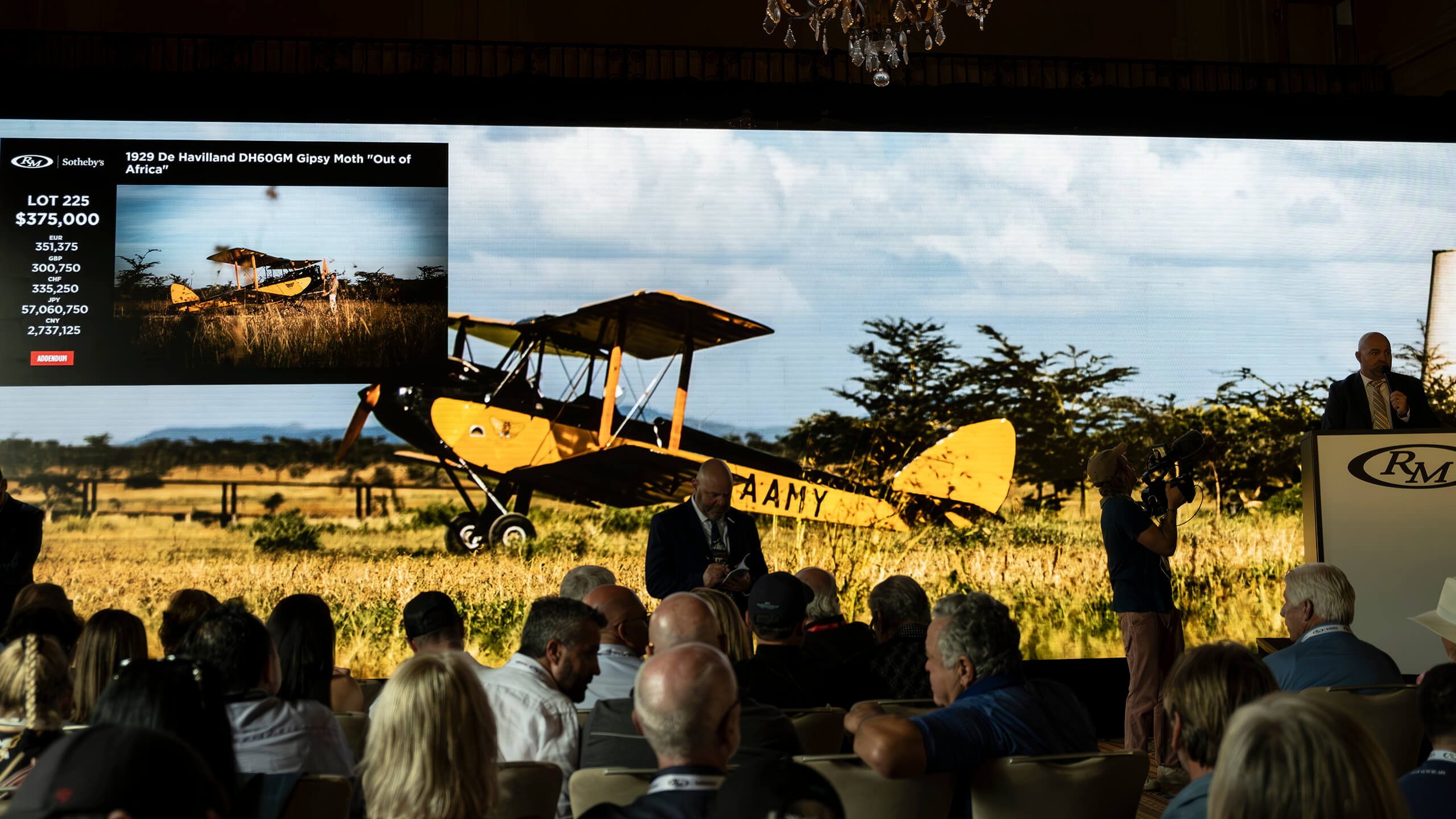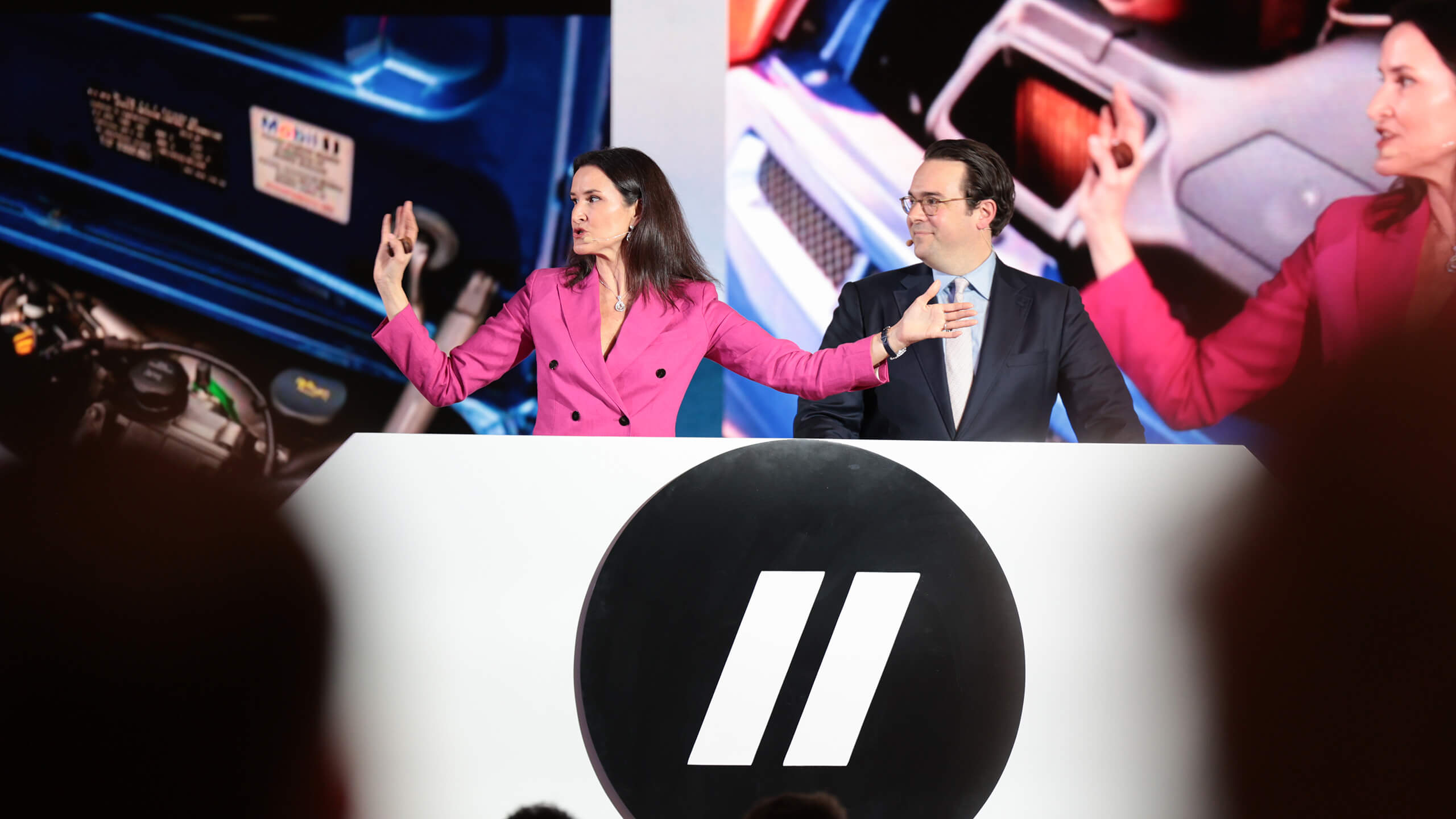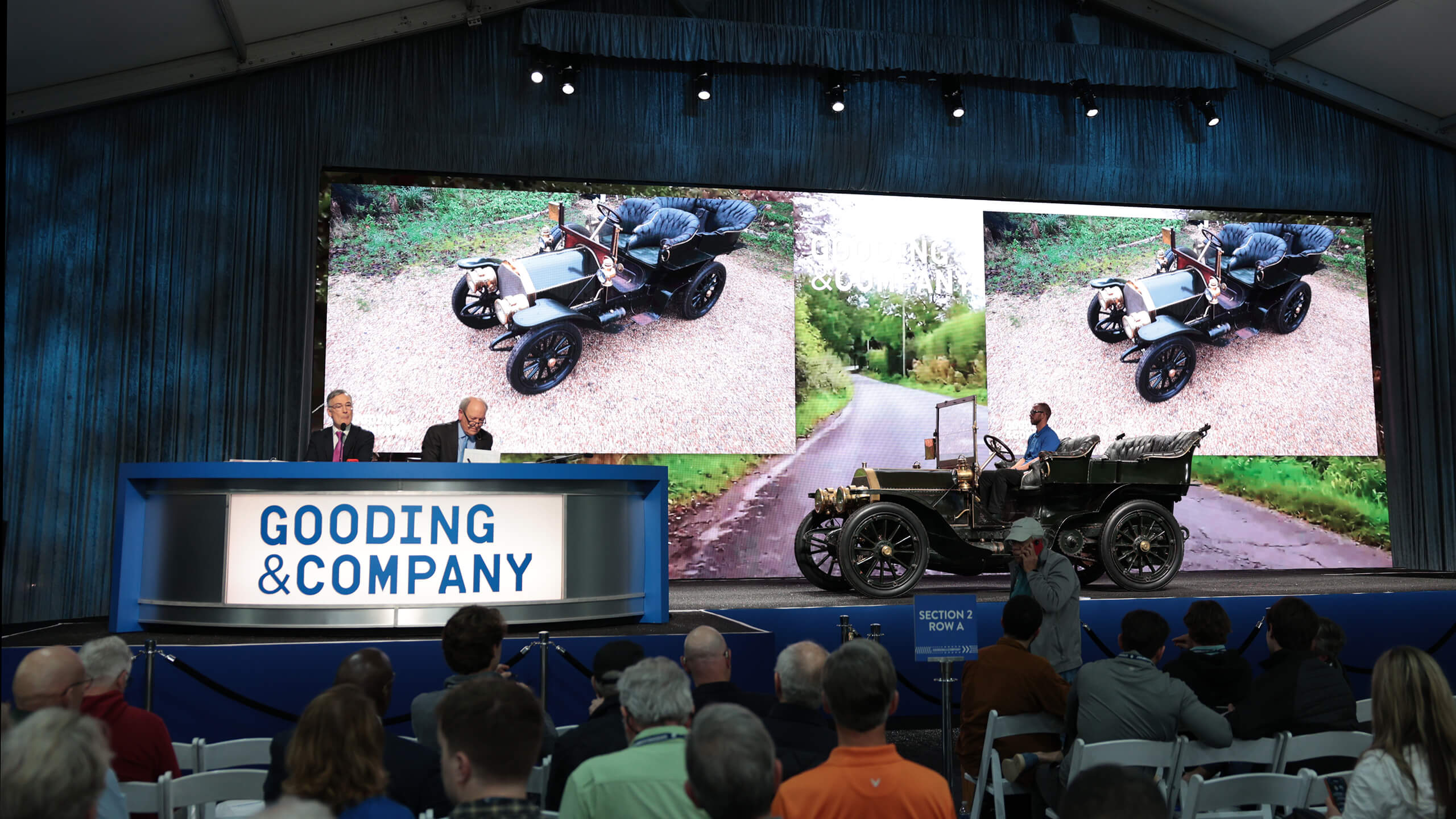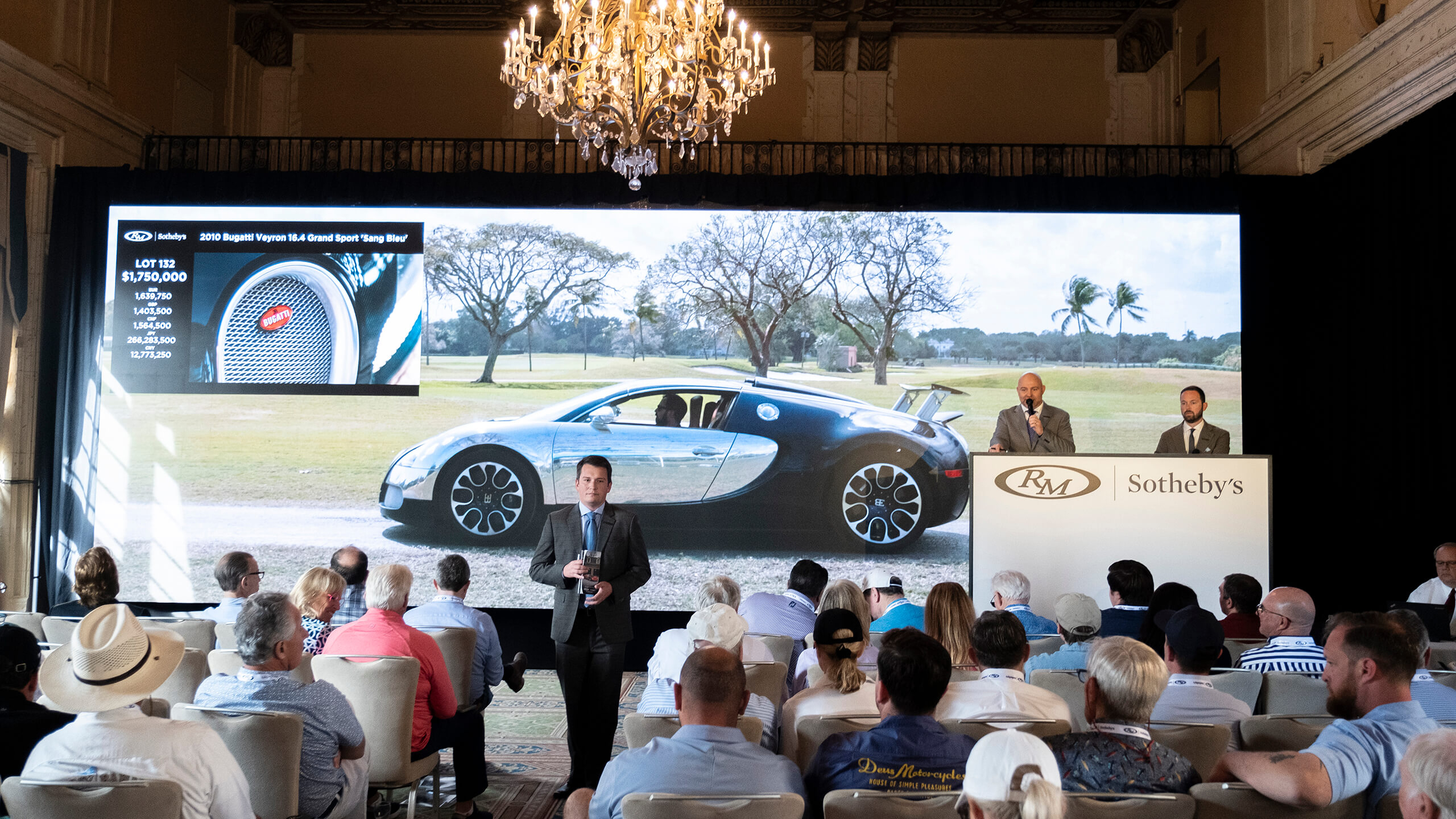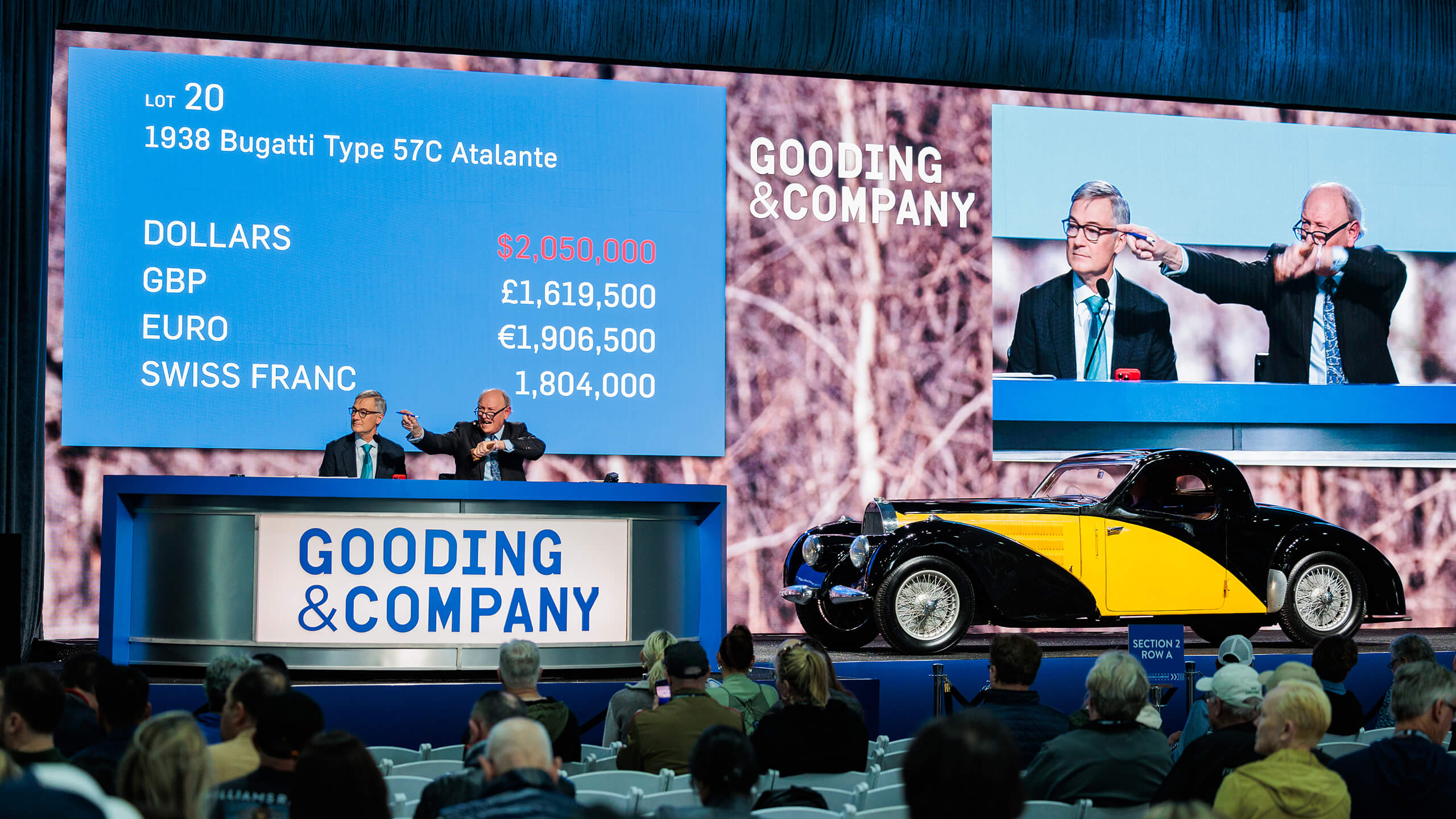The Men Who Made The Market – Charles Howard
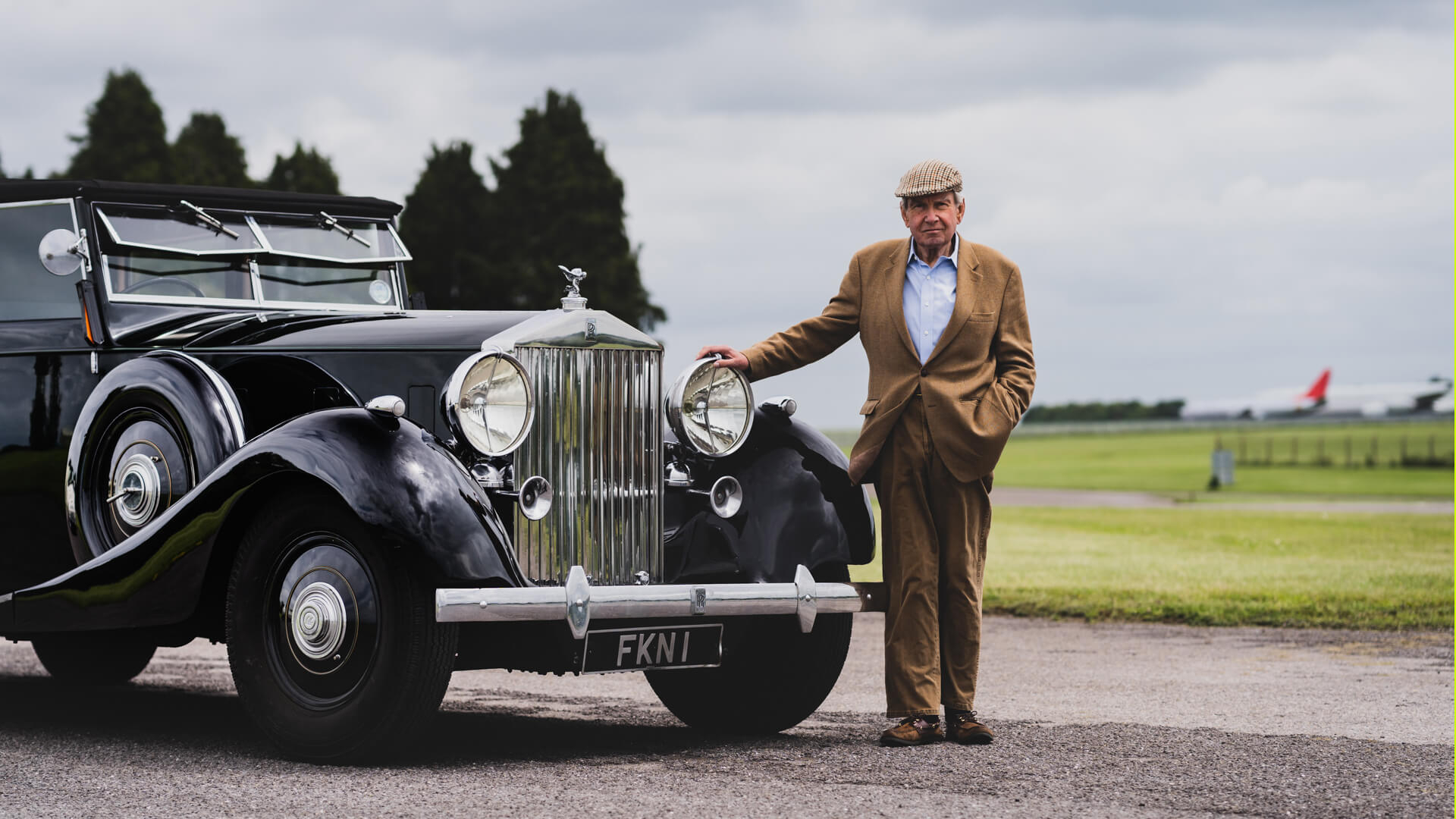
“I had a natural bent for buying and selling, and I was very good at picking people’s brains – and choosing the right people to pick the brains of. Anyone can pick the brains of the wrong people, but then you’re not getting anywhere…”
Although Charles Howard had been a car enthusiast since childhood, he started out in business as an antiques dealer – and quickly made a success of it. But how did he then make the transition into the car world?
“I went into business by myself in 1956, and by 1968 I felt I’d got enough money to buy the sort of car I wanted. I went to a Sotheby’s auction and bought a Phantom I. One afternoon it was parked outside my shop and someone came in and said, ‘Whose is that car?’ I said it was mine. He said, ‘Do you want to buy some others like it? I’ve got five of them on a boat from India. They’re £5,500 each.’

“They were Maharajah cars, and the Maharajahs didn’t buy junk cars – or, if they did, they’re still in India. I bought these five Rolls-Royces from photographs. That really set me on the road. I didn’t consider myself a car dealer then, or even a car collector. I just bought them as a speculation. Gradually from there, cars took over my life.
“One of the reasons I was quite successful is that I took with me the knowledge I’d learned from the antiques trade. The car trade, when it began, had very little gap between the prices of ordinary cars and the prices of exceptional cars. The antiques trade had been going since God was a boy, and there was a huge gap between the value of, say, an ordinary Georgian chest of drawers and a wonderful Georgian chest of drawers.
“It struck me that the car world did not value the best cars at very high prices and I thought they were undervalued. I never really made a lot of money with that knowledge because I never hung on to them! I was so hungry to buy other cars that I always had to sell the ones I had for the price that was available, which in many cases was not very high.”
Howard has bought and sold a huge number of significant pre-War cars, which has brought him into contact with some memorable characters.


“I bought a big early Mercedes from Henri Malartre, who had a museum near Lyon. He’d been a scrap merchant, and during the War he bought lots of cars for scrap. Because France was occupied, he should have scrapped them and given the metal to the Germans. But he didn’t want the Germans to have the metal so he hid them away and kept them.
“He sold the Mercedes and an early Rolls-Royce. I went to buy them and he was a very old boy then – in his 80s or 90s – and he said, ‘I’m selling you these cars because I need to settle some money on my mistress!'”
On one occasion, Howard was even able to help a senior Royal out of an embarrassing situation: “I’d bought the Queen Mother’s Daimler. I was returning from a Christie’s auction one day and the traffic got very busy around what was then the BA air terminal [in Kensington]. I couldn’t work out why until I realised there was a Daimler in the nearside lane. It was broken down so I pulled in.
“When I’d bought the Daimler, I’d dealt with her chauffeur. I stopped and said, ‘What’s the matter?’ He said, ‘This new Daimler’s broken down, I’ve got the Queen Mother in the back and I’m not allowed to leave the car to seek help.’
“By a strange coincidence, her old Daimler was in a garage only 150 yards from where the new one had broken down. I said to the chauffeur, ‘Your old car is five minutes from here – would you like to borrow it?’ I drove round there and brought it back. I was introduced to the Queen Mother on the pavement, and later got a letter from her secretary thanking me for rescuing her."


Although Howard has a soft spot for Rolls-Royces, he also talks enthusiastically about early Mercedes.
“When I first started to buy Mercedes, there were hardly any S-series cars in Germany because most of them had left after the War, when Germany was in tatters. Many American soldiers returning from Europe went back on converted liners. If there was space in the hold for a car, they could take one for free. In 1946, you could buy an S-series Mercedes for two cartons of cigarettes and two tins of coffee. That was the currency in those days. Many bright Americans did deals with Germans for these nice cars.
“I must have brought back from America up to 30 S-series cars and countless 540s and 500s that had gone there in the early post-War years.”
The most celebrated Mercedes he handled was the 1914 French Grand Prix winner: “It was owned by Philip Mann, who phoned me one day and said, ‘I’ve decided you’re going to be the man to buy it’. I think I gave him £100,000 for it, which was a lot of money but I had the pleasure of driving it. I took it to the Nürburgring – drove it a lot. I broke the engine on it while dicing with a Ford Cortina! It was a fantastic car.”

The stories keep coming – of Rolls-Royces, Mercedes, Alfa Romeos, Bugattis, Delahayes and Bentleys, all of which are catalogued in his book, An Auto Biography. Howard still keeps a keen eye on the market, and acknowledges that the numbers involved are somewhat different from his early days.
“I can remember Christopher Renwick – the chap who sold me the Indian Rolls-Royces – saying in the 1970s that one day a car will be worth one million pounds. I said, ‘Christopher, you’re out of your mind…’”
Photos by James Brown Photography


